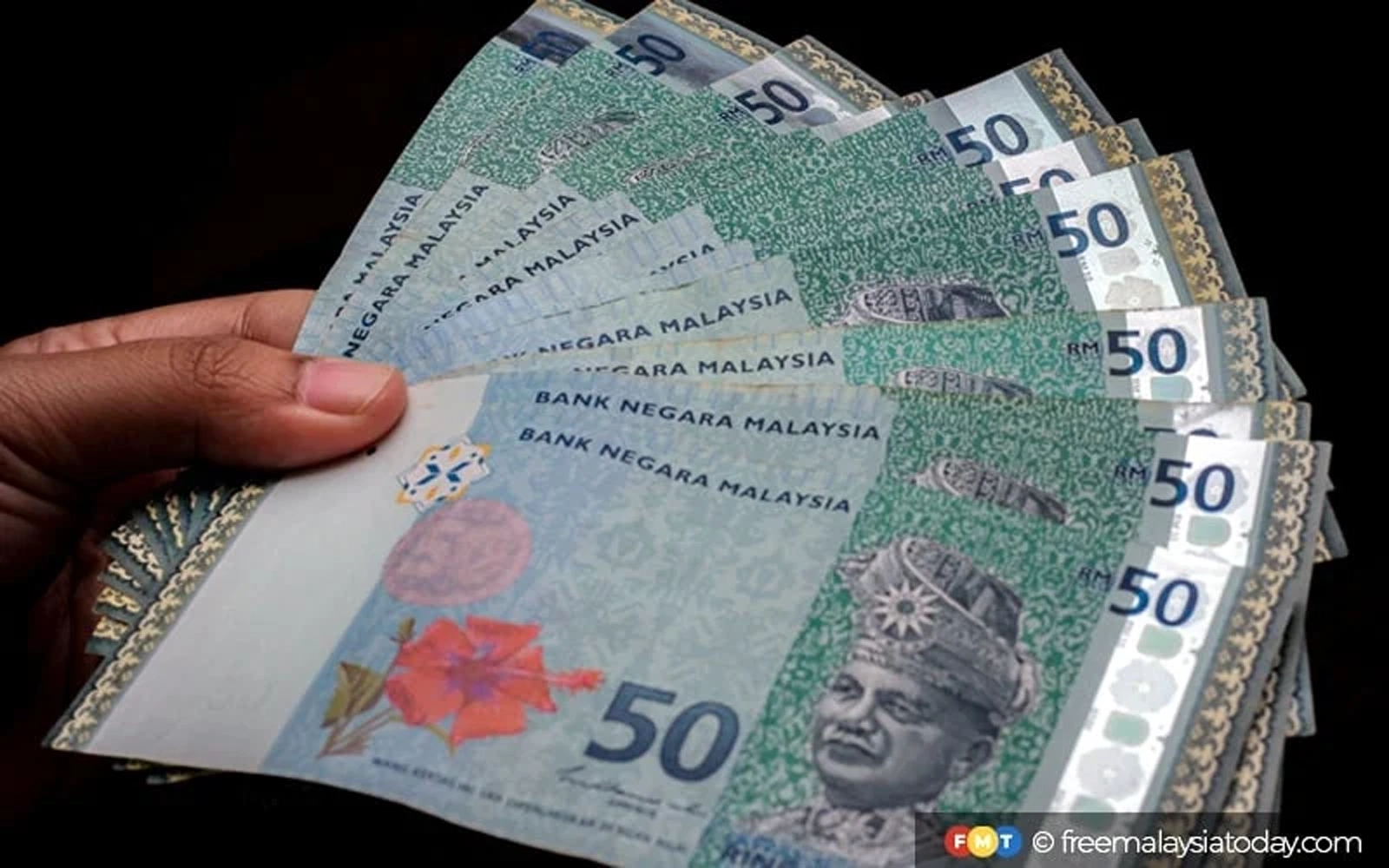
PETALING JAYA: An economist has dismissed a suggestion that the decline in the value of the ringgit is attributable to profligate money printing.
Shankaran Nambiar of the Malaysian Institute of Economic Research (MIER) said France in 1981, and Germany in 1988, reversed policies premised on modern monetary theory (MMT) due to their inability to cover their respective domestic currency liabilities.
The MMT is a fiscal policy model which allows a government to print money needed for spending, instead of being restricted to using money raised by taxation and borrowings.
“With this historical record in the background, I don’t think Bank Negara Malaysia would venture to engage in money printing as a policy measure. Neither will it get involved in money-financed deficits,” he told FMT.
Shankaran also said there are costs associated with money printing, as the government must pay interest on any new money it creates.
“So governments or central banks can’t, and won’t, keep printing money endlessly.
“Even if it creates a deficit, there will be more government expenditure, which will spur the economy, leading to more money in circulation,” he said, adding that the additional money in the economy would not have been the result of money printing.
Previously, FMT columnist K Kathirgugan had suggested that a significant increase in the supply of ringgit over the years had led to a substantial decrease in purchasing power. He said the ringgit’s money supply surged from RM4.1 billion in 1970 to RM2.4 trillion over 54 years.
His remarks come at a time when the ringgit had slid to its lowest level since the Asian financial crisis in the late 1990s.
Meanwhile, UCSI University associate professor of finance Liew Chee Yoong said profligate money printing is not the strongest factor driving down the ringgit’s value.
Liew attributed the decline to illicit capital outflows, with Malaysia ranking fifth globally with an outflow of US$291 billion based on a report by Global Financial Integrity.
“It can be argued that most of this outflow occurs via transfer pricing and profit shifting activities of multinational business corporations operating in this country,” he said.
Liew suggested that tighter regulations on transfer pricing was a possible solution, but said they may instead discourage foreign investments.
Money printing has not been cited alongside other factors affecting the ringgit’s value. Liew said this was likely due to challenges in obtaining the latest data confirming the issue. - FMT



No comments:
Post a Comment
Note: Only a member of this blog may post a comment.